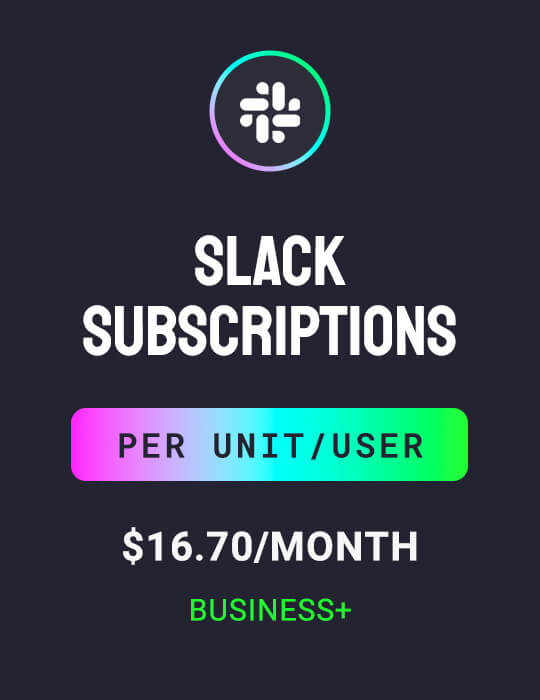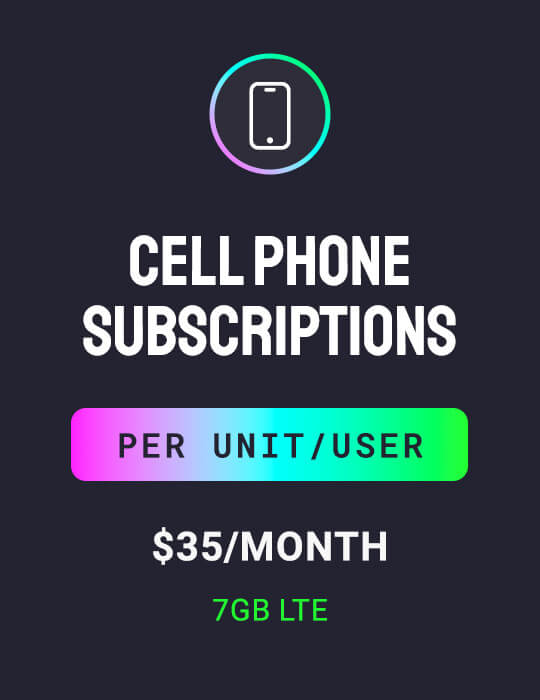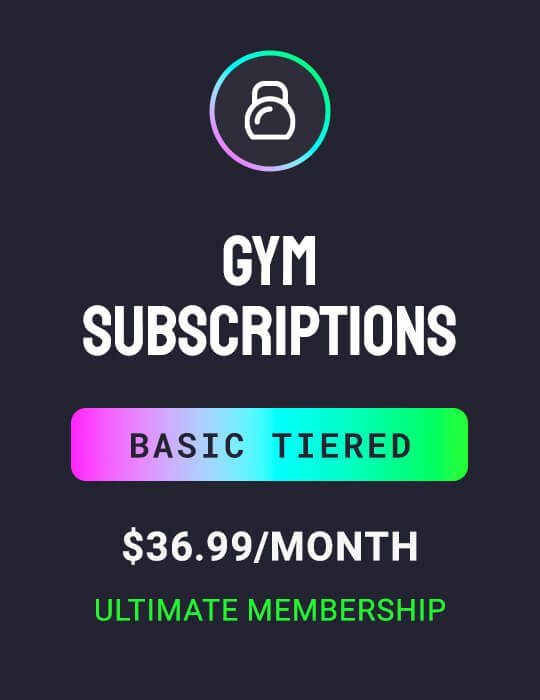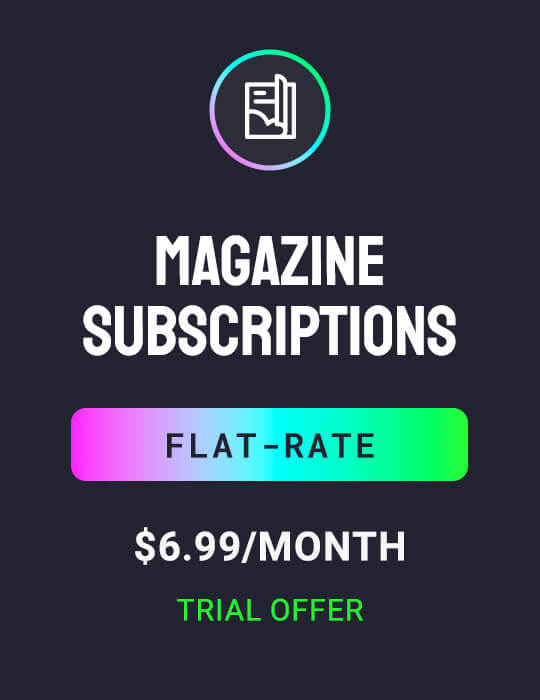Billing is a core component of your SaaS business, but it can also be cumbersome. Your customers expect convenience and flexibility, so you want to avoid the following subscription billing mistakes that could affect your customer experience:
- Building an in-house subscription billing system may seem like a no-brainer, but it can quickly take a downturn as your team may not have the knowledge or expertise required to manage the complications of a billing project.
- Choosing from an over-complicated pricing model, with too many pricing tiers, will confuse your customers. If you keep updating your pricing structure multiple times, it may be a cause for customer churn. Offer your customers a pricing model that makes it easier for them to choose their plan.
- While your customers expect a recurring charge every period, it doesn't mean you shouldn't notify them before processing the charges, especially in case of contract renewals at a higher rate. This will leave a bad impression on your customers and even lead to churn.
- Not providing an itemized list of invoiced charges will dissatisfy your customers, especially if complicated usage charges are involved. If the customers are confused, they will reach out to customer care for an explanation. This will waste time and resources that could have easily been avoided by just providing a breakdown in the invoice.
- Not having an automated dunning strategy in place that retries failed payments is a huge mistake and could be causing you to lose recurring revenue. Many customers churn without even realizing it happened as their credit cards may have expired or important information may have changed. If you do not have an automated system that catches these issues, updates the customer information, and notifies them on time, it will cost you greatly.
- Although not desirable, customer churn is a normal aspect of every business. Do not make the cancellation process difficult for them, as it will only leave a bad impression. You need to make the cancellation process easy for your customer, while also extracting information about their cancellation, and perhaps offering them a downgrade or pause.
- Not setting up proper reporting and analytics is a mistake you cannot afford to make. SaaS subscription billing metrics provide you with actionable insights that help to make informed decisions that grow your business. It’s important to track customer usage data to understand their behavior and make meaningful predictions, or else you may be leaving money on the table.




